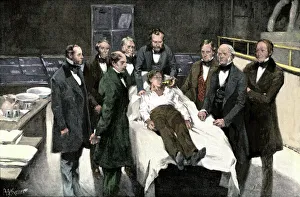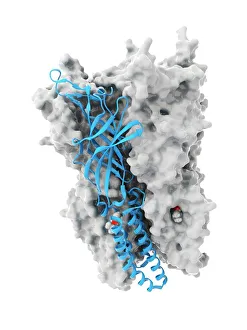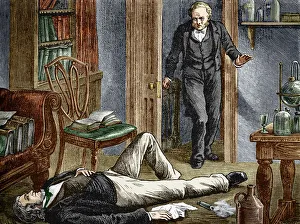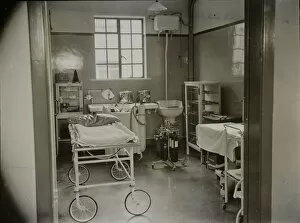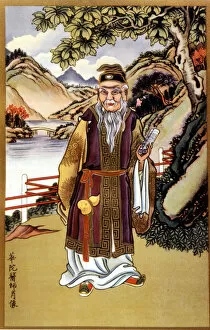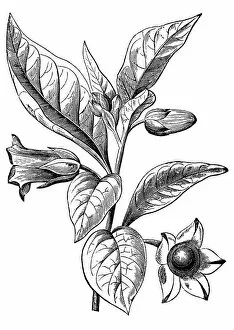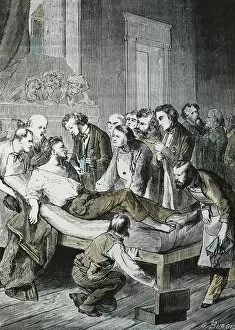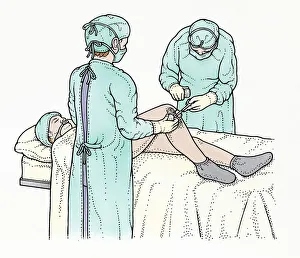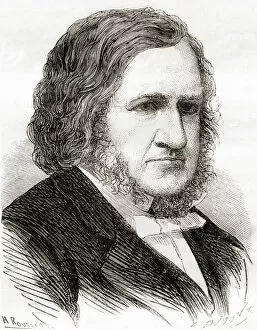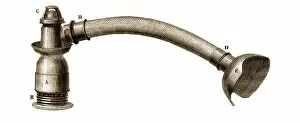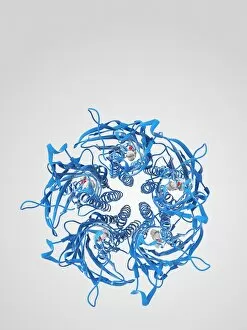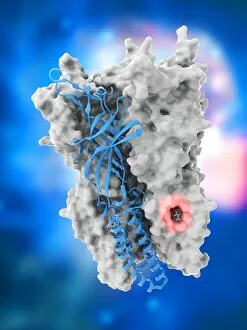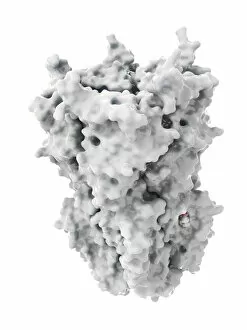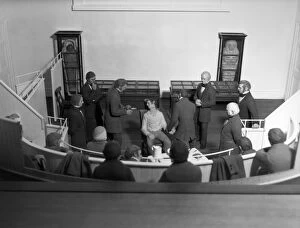Anesthetic Collection
"Revolutionizing Surgery: The Birth of Anesthesia in 1846" In the year 1846, a groundbreaking discovery forever changed the landscape of surgery
All Professionally Made to Order for Quick Shipping
"Revolutionizing Surgery: The Birth of Anesthesia in 1846" In the year 1846, a groundbreaking discovery forever changed the landscape of surgery. It was the first use of anesthesia, a medical marvel that would transform the way operations were conducted. This historic milestone marked a turning point in human history. The journey towards this monumental breakthrough began years earlier when Dr. William Thomas Green Morton, an American dentist, started researching anaesthetics in the 1840s. His relentless pursuit led to the development of ether as an effective anesthetic agent. On October 16th, 1846, at Massachusetts General Hospital, history was made with the first public demonstration of surgical anesthesia. Patients no longer had to endure excruciating pain during procedures thanks to this remarkable innovation. Anesthesia works by inhibiting ion channels C015/6718 within our bodies. This scientific mechanism allows patients to be comfortably sedated and oblivious to any discomfort or agony they might have otherwise experienced. Marie Jean Pierre Flourens' publication "Les Merveilles de la Science" further shed light on this incredible advancement in medicine. The world marveled at how anesthesia could revolutionize not only surgery but also countless other medical interventions. Hua Tuo's colorful lithograph depicted another ancient form of anesthesia using belladonna or Deadly Nightshade (Atropa belladonna). This plant-based approach showcased humanity's early attempts at alleviating pain during surgeries centuries ago. Thanks to pioneers like Dr. Morton and his contemporaries who tirelessly pursued advancements in medicine, we now have dedicated anaesthetic rooms like med01_01_0380 where patients can receive optimal care and comfort during their procedures. This captivating chapter in medical history reminds us of how far we've come and serves as a testament to human ingenuity and determination. Anesthesia has become an indispensable tool for surgeons worldwide, enabling them to perform intricate operations with precision while ensuring patients' well-being.

